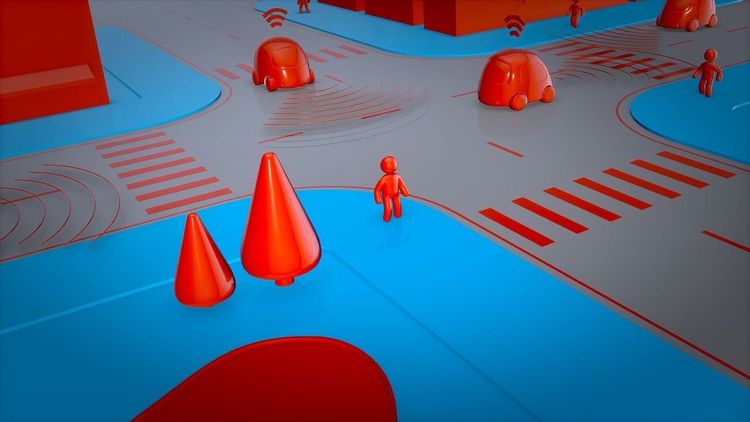Researchers from Google DeepMind and Harvard University have developed a groundbreaking virtual rat powered by an AI "brain," capable of directing its movements in ways strikingly reminiscent of a real rat. Published in the journal Nature, this innovative study demonstrates how the neural activity patterns of the AI system mimic those recorded from a real rat’s brain during motion, resulting in natural, coordinated movements. These findings signify a pivotal advancement in our quest to understand the brain's mechanics related to movement control.
The researchers emphasize that their results showcase the value of simulating biomechanically realistic virtual animals to interpret neural activity structures across various behaviors, linking them to theoretical motor control principles. For many years, grasping how the brain operates has puzzled scientists. Replicating brain functions ranks among the most ambitious challenges in neuroscience, comparable to aspirations for artificial general intelligence.
DeepMind has been honing this concept under the label NeuroAI. In collaboration with Harvard, it applied deep reinforcement learning techniques to a virtual rodent created to physically resemble a real rat. The virtual rat was trained to replicate the full range of movements typical of a rat in a simulated environment known as MuJoCo.
To create this virtual model, the researchers utilized movement data from real rats, ensuring the AI's representations were grounded in actual behavioral patterns. Subsequently, they compared neural activity originating from the real rat’s brain to that of the virtual counterpart, discovering that the AI demonstrated similar neural behaviors during movement.
The study revealed that neural activity within the sensorimotor striatum and motor cortex of real rats closely aligns with the activity of the virtual rodent's network, suggesting that both regions are involved in implementing inverse dynamics. Bence Ölveczky, a Harvard professor involved in the research, noted that his team lacked the necessary resources to conduct such advanced simulations and train neural networks without the support of DeepMind.
Ölveczky remarked, “Our experiments have sparked numerous ideas about how these tasks are tackled and how learning algorithms foster the development of skilled behaviors. We plan to leverage the virtual rats for testing these concepts and furthering our understanding of how real brains produce complex behavior.”
Diego Aldarondo, a research scientist on the project, expressed that the techniques applied in this virtual rat study could pave the way for modeling the neural control underlying more intricate animal behaviors. Matthew Botvinick, senior director of research at DeepMind, noted that these tests provide valuable insights into creating embodied agents or AI systems capable of translating intelligent thought into physical actions. He remarked on the plausibility of using this approach within neuroscience to yield insights into both behavior and underlying brain functions.
In summary, this innovative collaboration illuminates the potential of virtual models in neuroscience research, bridging the gap between artificial intelligence and our understanding of real-world brain function. This work not only enhances our grasp of movement control mechanisms but also opens up exciting possibilities for future research into complex behaviors across various species.







